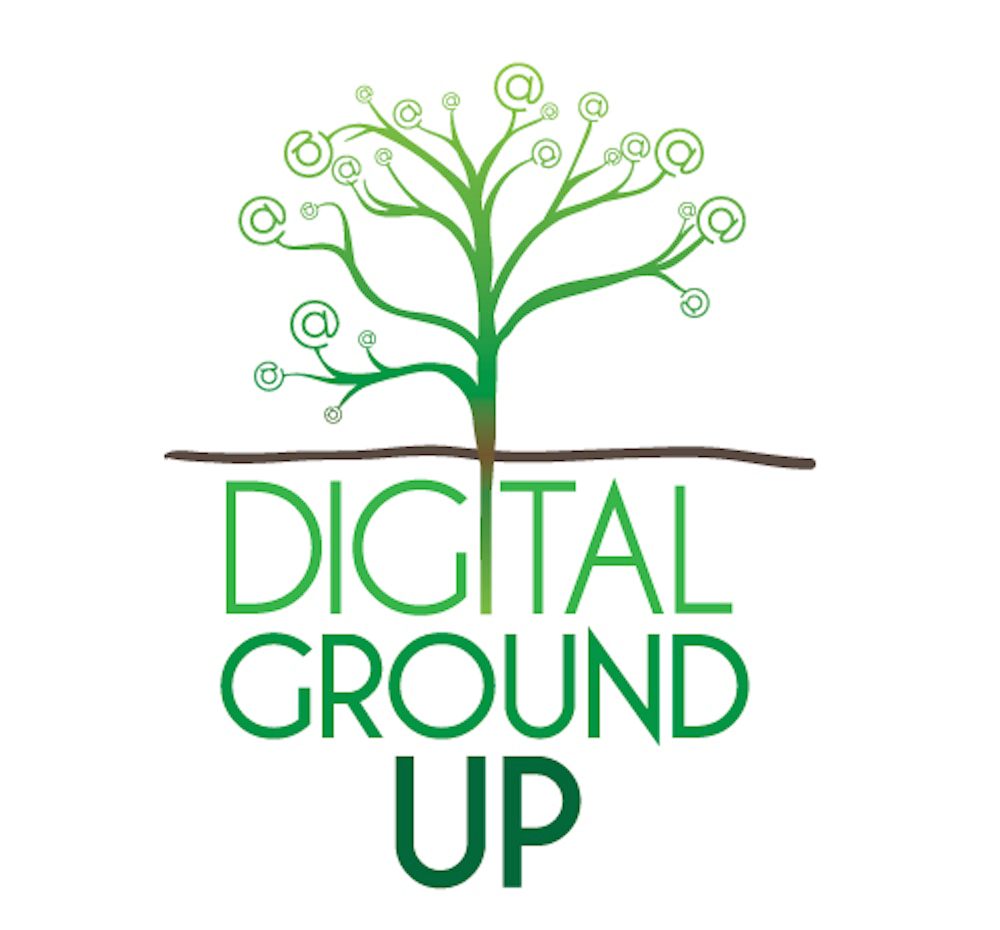
Like millions of Americans, I was riveted by yesterday’s U.S. Open quarterfinal match between the matchless Williams sisters. It was a chance for me, a casual tennis fan, to learn more about these two great competitors.
I now know more about the professional careers of Serena and Venus, how each of them approaches her game, and what factors led to today’s outcome. I can differentiate them much more effectively.
So it was striking to see advertising for two different companies, each promoting its cloud technology in the same way. The ads came early in the match.
First up was a spot from IBM. In the ad, a woman is at a ridiculous-looking conference full of anonymous cloud-services vendors. She meets a salesman hawking a service based on “awesomeization”. The woman reels off several features that, presumably, IBM offers. The ad closes with a message that IBM is “The Cloud That Understands Business” and that 24 of the top 25 Fortune 500 companies use the IBM cloud.
A few minutes later, Xerox debuted an ad showing a business executive beset by cliché-wielding underlings. At an airport, the executive walks past a wall of cloud services advertisements. He buys a coffee. The sleeve encourages him to “be more cloud-tastic”. The closing onscreen message informs us that “Work Can Work Better” with Xerox.
Based on its positioning, IBM thinks of itself as the market leader. It is the choice of the largest of the large companies, so it must set the standard in terms of scalability. I would also suspect IBM comes with the highest cost, customization, and set-up time. IBM is for me if I’m also a giant company, or think I will be soon.
Xerox is positioning itself as the underdog with a superior service approach. When the world of cloud brings chaos to the modern executive, Xerox will bring simplicity. I would go with Xerox if I want more personal service and think an out-of-the-box setup may work for me.
Are these positions correct? I don’t know. It is too much to expect a 30-second spot to hit all the bases of the MEDICAL method. But it isn’t too much to expect differentiation, and I don’t think we got it.
Each ad used the exact same framing to set up its position. Each ad implied that the world is full of identical-sounding messages about the cloud. Each ad used a funny nonsense word to make the ad more memorable and shareable. Then each ad closed with a short positioning phrase, briefly introducing the brand.
Suppose you could take both ads and remove all voiceovers and brand names, then shake them in a Yahtzee cup. When the ads rolled out, would you be able to tell which was for Xerox and which for IBM?
I don’t think so. Ironically, in trying to differentiate themselves, the two companies took almost the exact same approach, and came out looking the same.
This demonstrates an important lesson for differentiating your brand: To set yourself apart from your competition, it’s not enough to say something different – you also have to say it differently.
Even though only one Williams can advance, it’s clear from seeing them next to each other that Venus and Serena are unique talents. Can cloud services companies set themselves apart as well as the Williams sisters have?
 DGU was the answer. The site offers a suite of brief, easy-to-follow lessons teaching everything you need to know to get started with digital marketing.
DGU was the answer. The site offers a suite of brief, easy-to-follow lessons teaching everything you need to know to get started with digital marketing.

